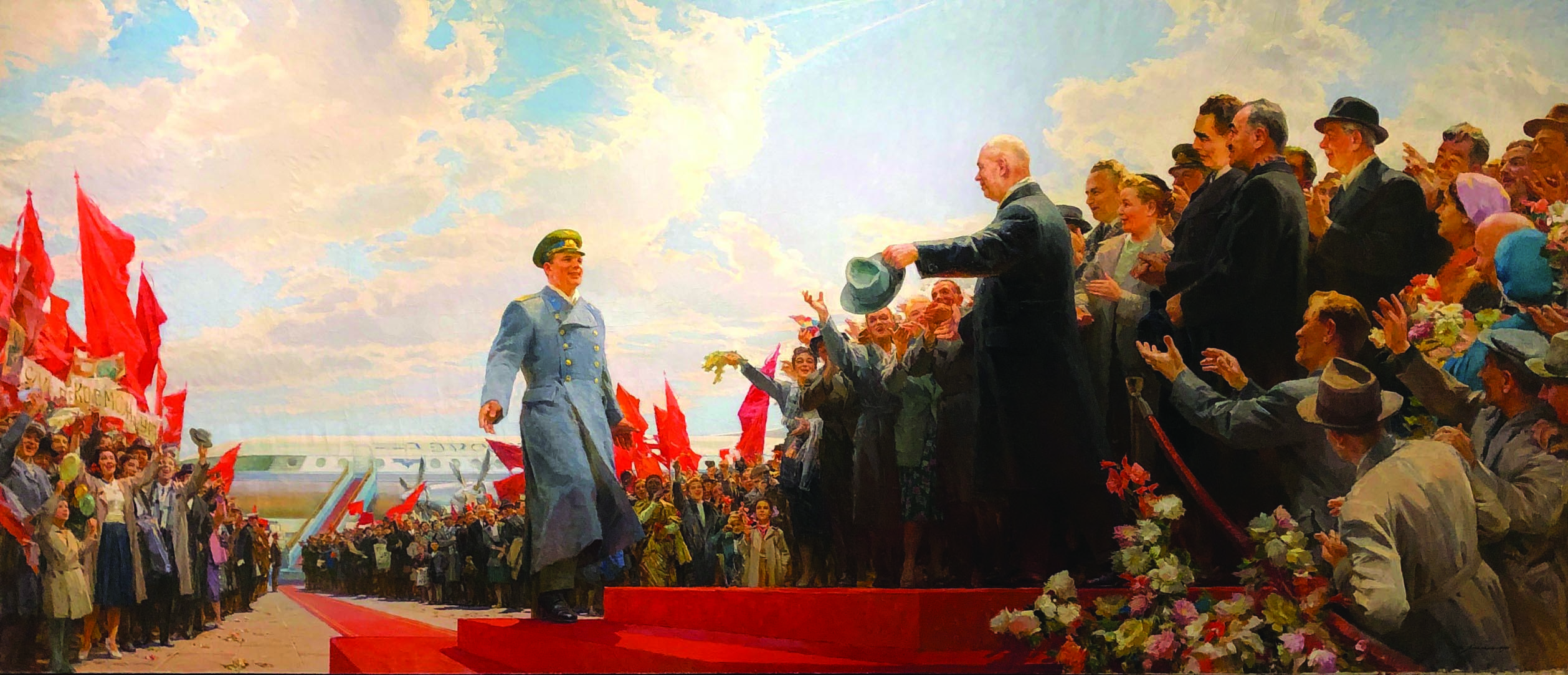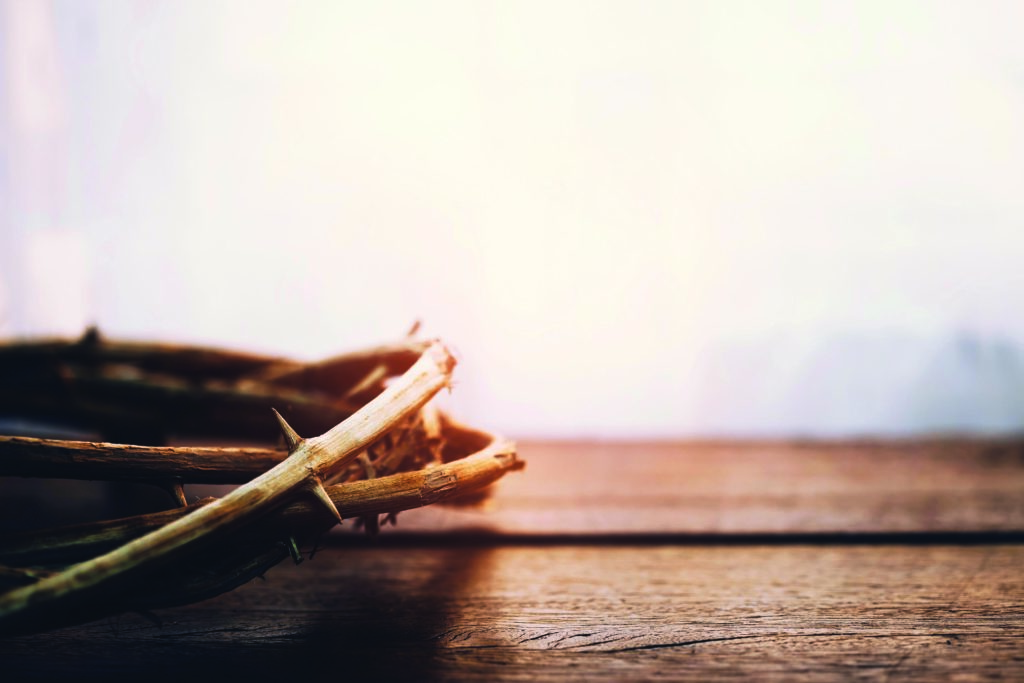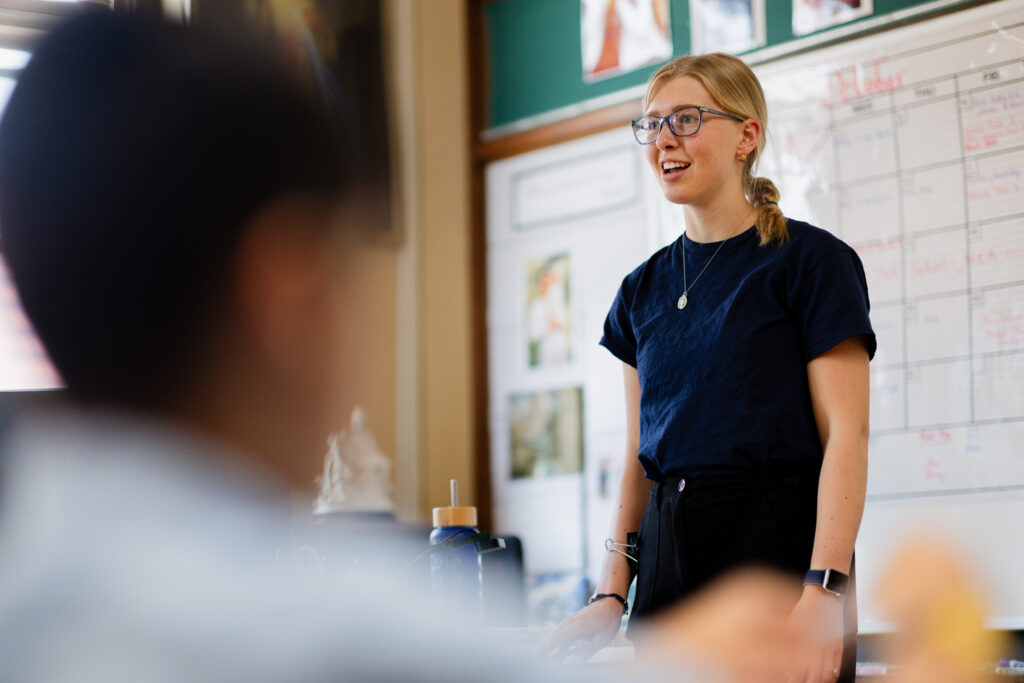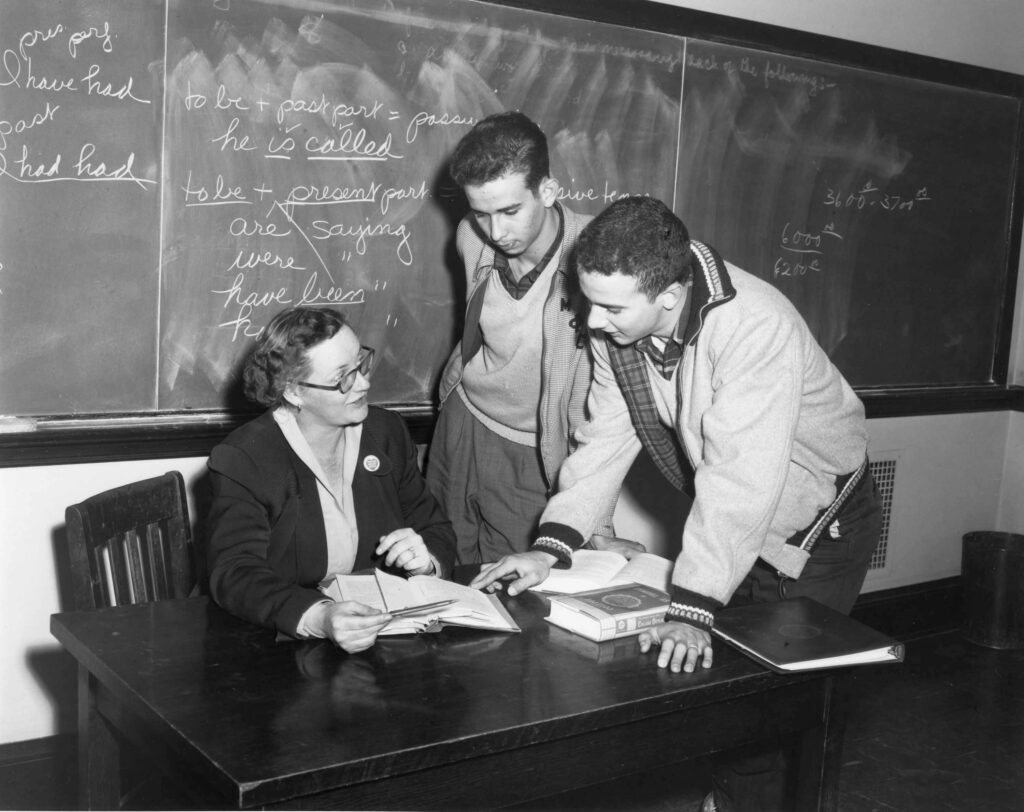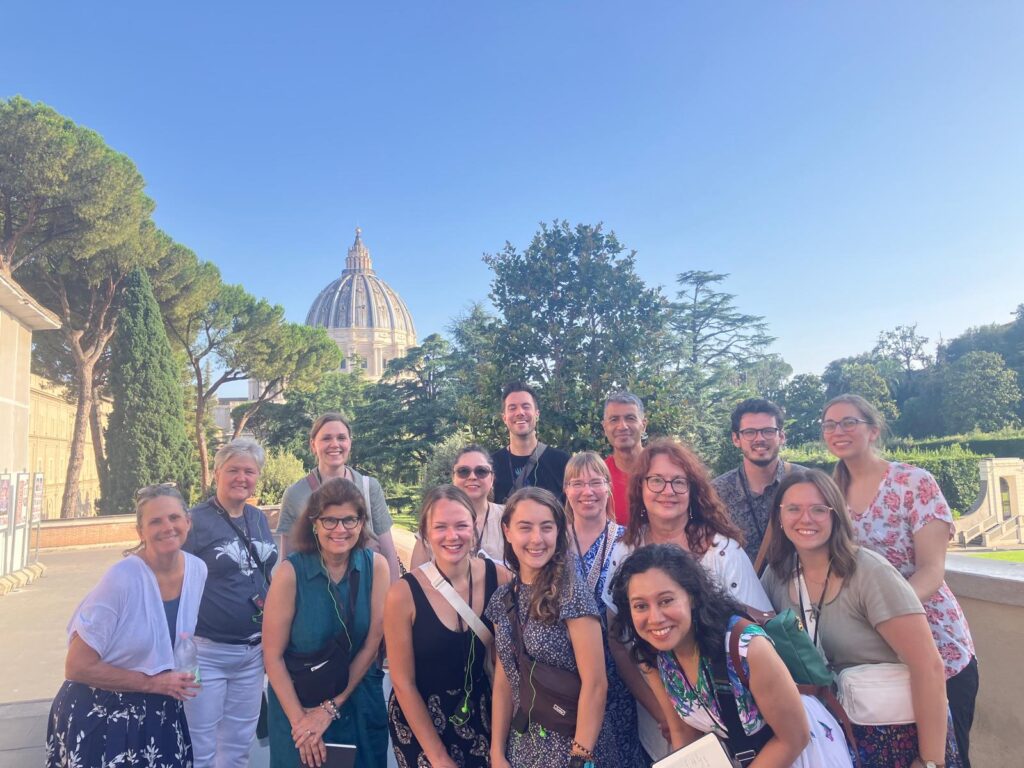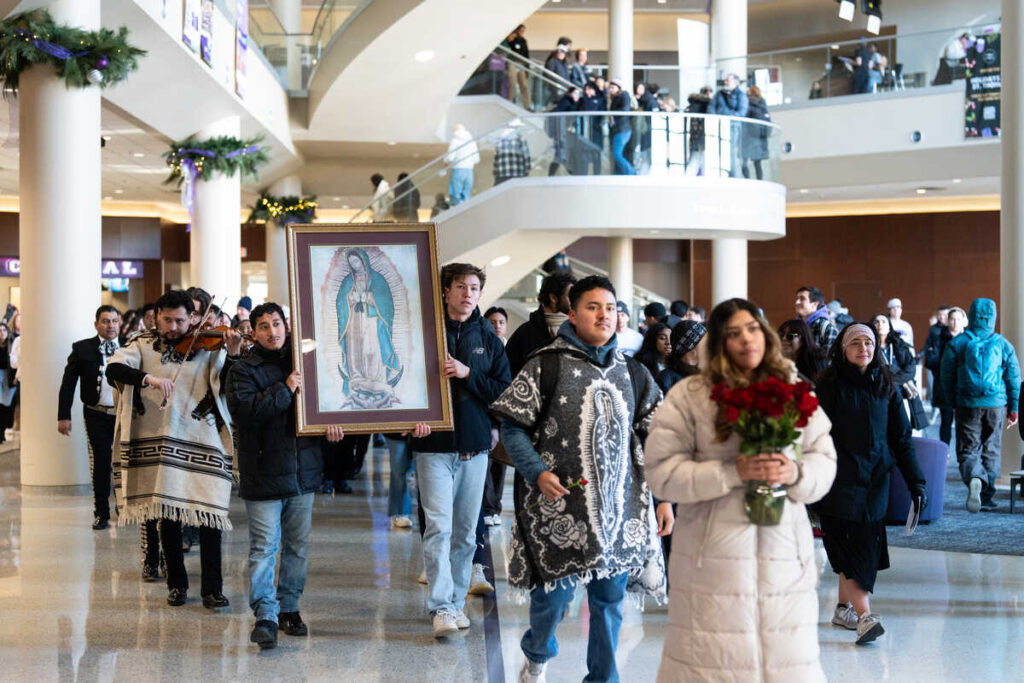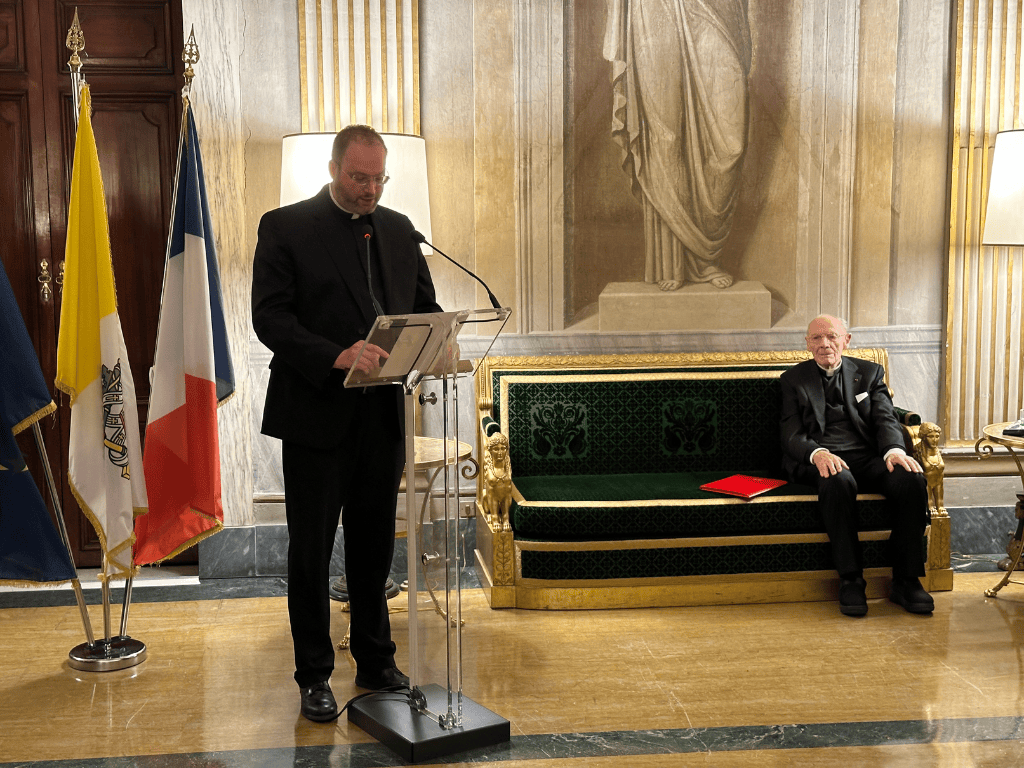This story is featured in the winter 2020 issue of Lumen.
When Russian novelist and philosopher Aleksandr Solzhenitsyn gave his Nobel lecture in 1970, he could have spoken on any topic he wanted. He could have shared his experiences of turmoil and perseverance living as an artist under Soviet censorship, but instead he spoke of the nature of art itself. He went to an extreme, selecting in his speech a quotation from Fyodor Dostoevsky, “Beauty will save the world.”
The more I read of Solzhenitsyn’s literary genius in Solzhenitsyn and American Culture: The Russian Soul in the West, edited by St. Thomas Catholic Studies professor David Deavel and former visiting professor Jessica Hooten Wilson, the more enchanted I was with Russian artistry. While American artistic and literary traditions have grappled with democracy, freedom and individuality, the Russian soul has never coalesced around a standard set of ideals. James Pontuso, a Solzhenitsyn and American Culture contributor, wrote, “To be Russian can mean a myriad of things ... there has never been a consensus on what Russia should become. Does Russia venerate tsarism, the Orthodox Church, the Third Rome, communism, liberal democracy, or autocracy? While Americans make things simple and comprehensible, Russians look for complexity in the simplest of things.” Such can be seen, Pontuso goes on, in Solzhenitsyn’s novel In the First Circle, which features a motley array of intellectual characters exiled by the Soviet state. Together the characters write and study in a prison-like university, not unlike the philosophers in Dante’s first circle of the inferno. In the characters’ variety, color and mutual suffering, Solzhenitsyn captures more than just his own experiences as an artist in the most lenient tier of the gulags. He demonstrates something about the human spirit which speaks between the lines of censorship.
My studies of Solzhenitsyn led me to The Museum of Russian Art in Minneapolis. The current exhibit is “Leaders and the Masses: Mega Paintings from Soviet Ukraine.” The largest of the collection is an astonishing 12-by-19-foot canvas depicting Stalin stoically advancing in a proscenium theater packed with applauding civilians. The color-packed massive scenes were intended for public spaces. Sponsored, crafted and exhibited under Stalin’s communist dictatorship, their objective was to affirm state agendas. Though the Ukrainian painters bowed to the artistic mode Stalin demanded, that the creations should be “nationality-specific in form and socialist in content,” their scenes are unconvincing beyond a first glance. The paintings are not satirical. Rather, they are beautiful fantasies of a functioning state, which I think makes them unsuccessful as propaganda.
The wonder of the museum’s exhibit is that, despite the limitations imposed on the artist, truth impresses in desolation. The lie on display dissolved under its own weightlessness, and the truth that the nation was suffering gurgled up in the negative space. In Soviet Russia the truth of daily human turmoil was a universal secret, evident even when cleverly framed. It is this truth that made the paintings beautiful.
I believe that this is what Solzhenitsyn meant when he quoted Dostoevsky’s “Beauty will save the world.” Solzhenitsyn drew on his Russian Orthodox faith and argued that turmoil, suffering and political unrest are ultimately brittle, their own sort of antithesis. In the Nobel lecture he went on to say, “A work of art bears within itself its own verification: Conceptions which are devised or stretched do not stand being portrayed in images, they all come crashing down, appear sickly and pale, convince no one. But those works of art which have scooped up the truth and presented it to us as a living force – they take hold of us, compel us, and nobody ever, not even in ages to come, will appear to refute them.”
In Solzhenitsyn and the American Culture there is an essay by Julianna Leachman. She compares the southern gothic mode of American Catholic writer Flannery O’Connor with Solzhenitsyn’s depiction of the gulags. Both authors show us the peril and terror of the human conundrum but also a golden thread of the human potential – of human virtue in the negative space. These two writers reveal to their readers the best remedy for a world estranged: reality. Art can speak where propaganda cannot, its secret ingredient being the beauty of truth. For the Christian, truth is unconquerable, and so in times of desolation it can emerge all the more starkly.
Truth is unconquerable, so in times of desolation it can emerge all the more starkly.
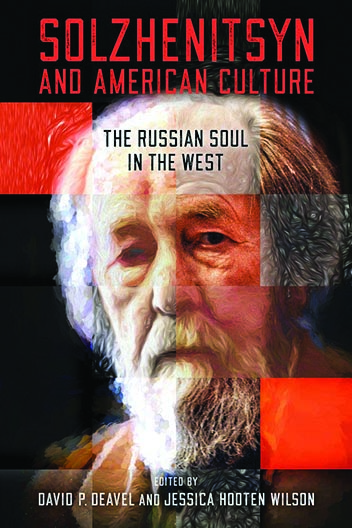
This past October, Murphy Institute, a partnership between the Center for Catholic Studies and the School of Law, hosted a book launch for the recently released Solzhenitsyn and American Culture: The Russian Soul in the West. The program featured several contributing authors who spoke on their respective chapters and was facilitated by editors Jessica Hooten Wilson and David Deavel. Published by Notre Dame Press, it is available for purchase at undpress.nd.edu/books/P03241.
